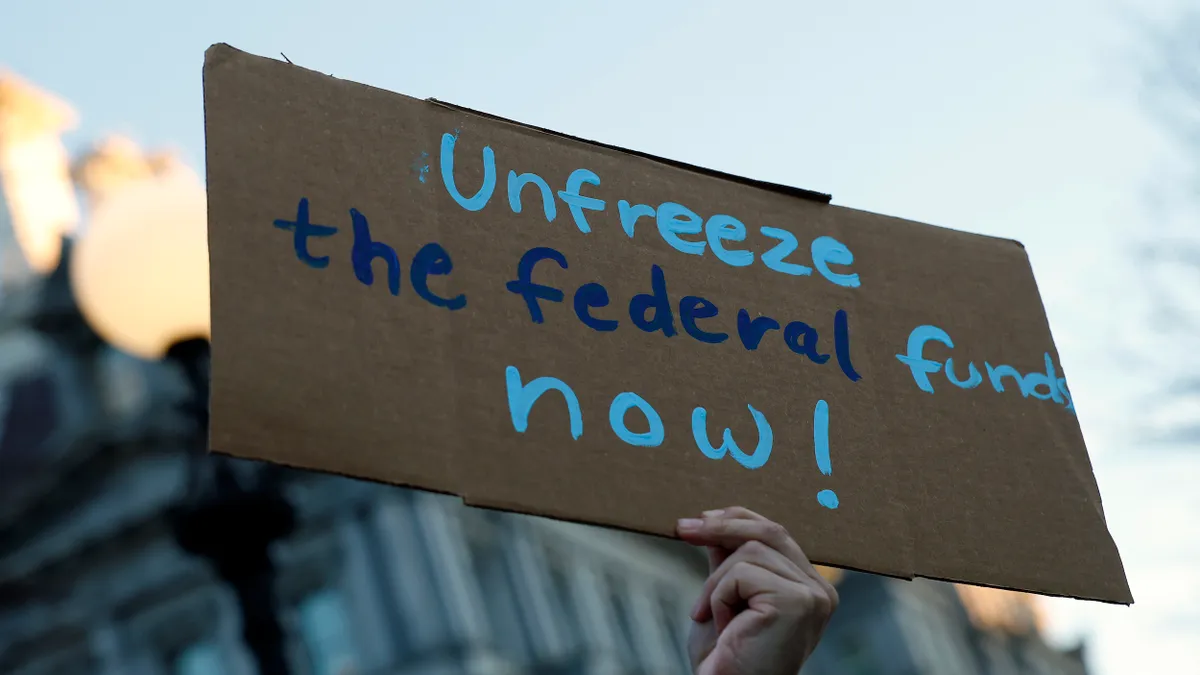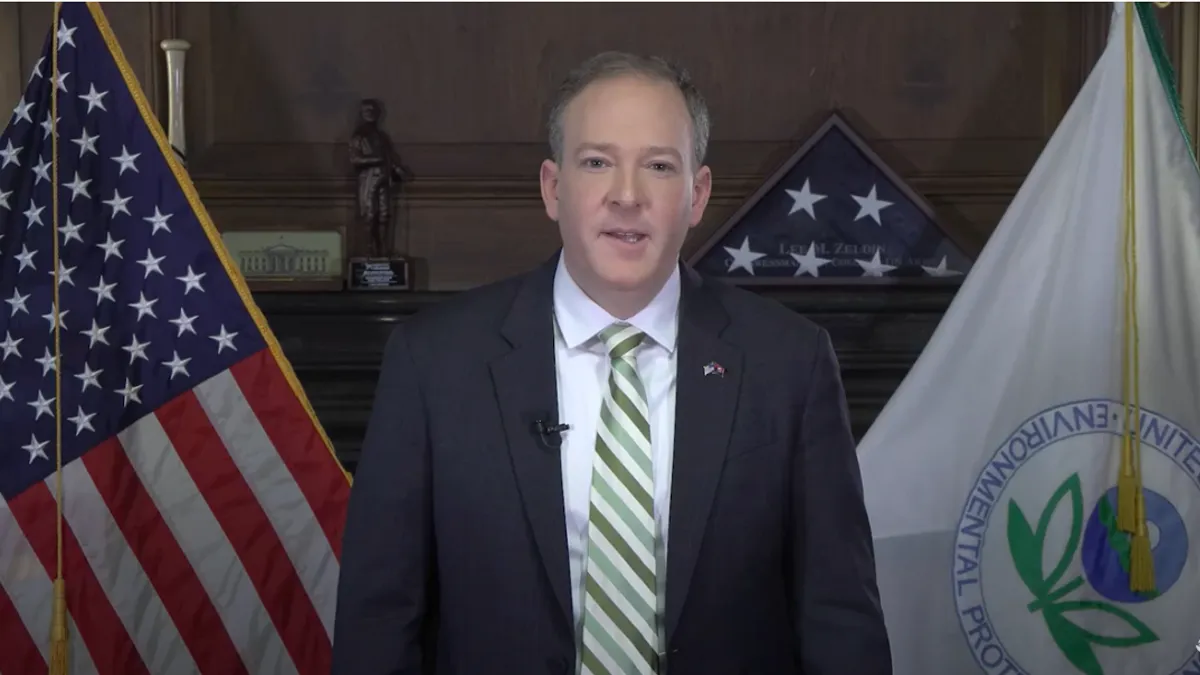When city leaders refer to “citizen engagement,” they’re often considering efforts to boost voter turnout, gain feedback on social programs, or perhaps encourage residents to volunteer in their communities or even run for office.
Another form of citizen engagement in action – if you’re a current resident of Jersey City, New Jersey, or Grand Rapids, Michigan – is through participatory budgeting: “a democratic process in which community members decide how to spend part of a public budget,” according to the nonprofit Participatory Budgeting Project.
The concept dates back to 1989 in Brazil, explained Josh Lerner, executive director of People Powered, an organization that describes itself as a “global hub for participatory democracy,” a process that has reportedly been taken up in some 7,000 cities around the world.
A common goal is “trying to make city government as accessible and transparent as possible,” said Barkha Patel, an assistant business administrator for Jersey City which launched a participatory budgeting program in early March. The city also benefits, she said. “It can tap into the creativity and great ideas of the people in our community.”
In an era of polarization, this approach “opens up space for conversations and relationship building,” said Shari Davis, co-executive director of The Participatory Budgeting Project. The nonprofit has launched or supported such processes in numerous major cities since 2009, including Boston, Chicago, Phoenix and Seattle. “You can’t get to solutions without dialogue,” she added.
Another benefit is more informed decisions, Lerner said. “It combines the technical expertise of the government with the lived experiences of community members,” he said.
Participatory budgeting can also help steer resources to communities with the greatest need, rather than the loudest voices. It may also highlight needs that often aren’t visible to people in city government – for instance, repairs needed in school restrooms, he said.
Participatory budgeting in action
Typically, the funds allocated to participatory budgeting come from a city’s discretionary budget, Lerner explained. As a percentage of a city’s overall budget, the money allocated to participatory budgeting typically ranges from less than 1% to as much as 20%, he said.
Jersey City, with a population of about 290,000, will divide $300,000 equally between six wards. As of late March, Barkha and her colleagues had completed several public meetings. They served as opportunities to describe the program and answer questions, such as whether residents could propose a project outside of their own wards.
To encourage participation, Jersey City will consider all projects within its jurisdiction, such as capital improvements, after-school programs and bike racks, Patel said. Because few residents will be able to gauge whether a program fits within the budget, they’re encouraged to simply submit ideas, even if they don’t know how much they’ll likely cost. As she noted, one purpose of the program is “education and helping people understand what projects cost and what goes into them.”
Then, residents will vote. The participatory budgeting process will be aligned with the city’s operating and capital budget process, which takes place in June.
Meanwhile, Grand Rapids is dividing a participatory budgeting pool of $2 million of American Rescue Plan Act monies, with more going to “neighborhoods of focus,” said Assistant City Manager Doug Matthews. The third ward, which has historically experienced under-investment, will receive $1 million, he said. The first ward, whose history shares some similarities with the third, will receive $600,000. The second ward, which comprises mostly the downtown and areas surrounding it, will get $400,000. Residents can submit ideas through May 2022.
Matthews said he and his colleagues have tried to be thoughtful about ensuring the city plays only a coordinating role in the participatory budgeting process. “It can be challenging, because you want to keep things moving,” Matthews said. But, one goal of this process is to help educate residents, and that can take time, he added.
Meeting people where they are
Cities embarking on participatory budgeting projects often run into challenges. One is ensuring broad accessibility throughout the process, which can run for six to eight months. This takes a commitment from city leadership, Davis said. For instance, will meetings be held at times that working parents can attend? Will they be in-person or virtual? Will childcare be available?
Another key is “keeping things as simple as possible,” said Andrew Hitti, systems analyst with Jersey City. For instance, the city’s submission form for ideas contains just seven questions. Residents can access all information on the program in a single page on the city’s website. The city is encouraging classrooms to get involved, as residents of any age can submit ideas.
Grand Rapids eliminated some questions that might discourage residents from participating, such as asking how much a proposed project might cost or how long it would take to carry out, recognizing that few people would have answers, Matthews said.
Cities also need to determine whether residents and groups who participate in a participatory budgeting process will receive compensation for their work.
“If you’re going to ask a neighborhood organization to help educate the community, they should be compensated,” Matthews said. That can be critical for residents who otherwise might not be able to participate. Along with the funds that will go to the projects, some investment in infrastructure to manage the project is essential, he explained.
Partnering with community organizations can help legitimize the program and facilitate outreach efforts, Lerner said. For instance, an organization already working with immigrants might reach out to that community.
Measuring success
Several metrics can help in assessing the effectiveness of a participatory budgeting program. One is tallying the number of program participants across all eligible wards or neighborhoods. Ideally, a variety of project types will be submitted, as different communities likely have different needs, Patel said.
Identifying changes to residents’ trust in government – while harder to measure – is also important. Surveys have shown that participatory budgeting does indeed build trust, at least for the government entity executing the program, Lerner said. One study found that New York City residents in council districts that used participatory budgeting had heightened feelings of access to, and voice in, local government.
City leaders will want to measure whether the projects move important outcomes, said Anjali Chainani, senior advisor with Results for America, which helps governments harness data to address challenges. For instance, is spending more on books for local libraries leading to kids actually reading more?
Participatory budgeting can help city governments intelligently spend limited resources while providing a voice to more citizens — a significant benefit when political discourse has become so heated. “The process is one of the products,” Matthews said. “This is full-contact civic education and engagement."



















